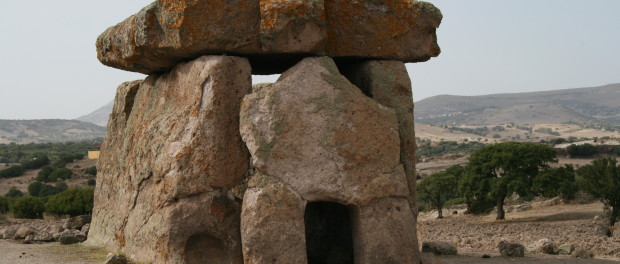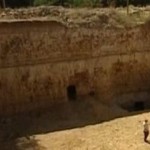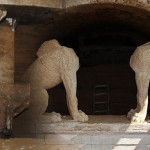Caucasus Dolmens: Russian Myths and Legends

Concentrations of megaliths, dolmens and stone labyrinths have been found (but little studied) throughout the Caucasus Mountains, including the Abkhazia.
Most of them are represented by rectangular structures made of stone slabs or cut in rocks with holes in their facade. These dolmens cover the Western Caucasus on both sides of the mountain ridge, in an area of approximately 12.000 square kilometres of Russia and Abkhazia.
The Caucasian dolmens represent a unique type of prehistoric architecture, built with precisely dressed large stone blocks. The stones were, for example, shaped into 90-degree angles, to be used as corners or were curved to make a circle. The monuments date between the end of the 4th millennium and the beginning of the 2nd millennium B.C.
While generally unknown in the rest of Europe, these megaliths are equal to the great megaliths of Europe in terms of age and quality of architecture, but are still of an unknown origin. In spite of the variety of Caucasian monuments, they show strong similarities with megaliths from different parts of Europe and Asia, like the Iberian Peninsula, France, Great Britain, Ireland, Netherlands, Germany, Denmark, Sweden and India. A range of hypotheses has been put forward to explain these similarities and the building of megaliths on the whole, but still it remains unclear.
Approximately 3,000 of these megalithic monuments are known in the Western Caucasus, but more are constantly being found, while more and more are also being destroyed. Today, many are in great disrepair and will be completely lost if they are not protected from vandals and general neglect.
In Russian legend, it suggests that these structures were to protect people from roaming giants in northern Russia.
Watch the video for more information:






